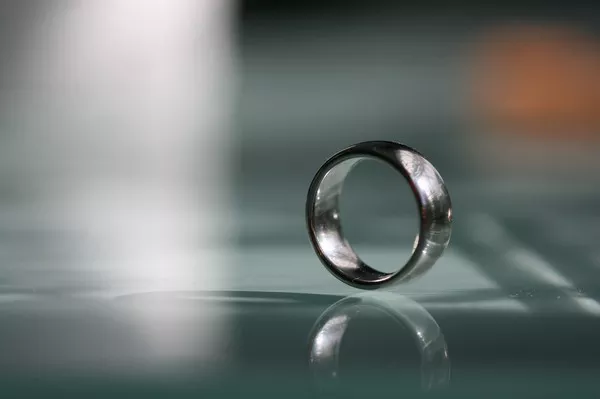In the world of vintage and antique silverware and jewelry, distinguishing between sterling silver and silver-plated items is essential for valuation and understanding the piece’s history. Sterling silver, prized for its purity and durability, is often mixed with other metals for strength. Silver-plated items, on the other hand, are made from a base metal coated with a thin layer of silver for aesthetic appeal. This guide will equip collectors and enthusiasts with the knowledge needed to identify these distinctions accurately.
Understanding Sterling Silver
Sterling silver is an alloy consisting of 92.5% pure silver and 7.5% other metals, usually copper. This composition is designated by the hallmark “925,” which signifies its purity level. The addition of copper enhances the metal’s strength and durability, making it suitable for crafting intricate designs and functional items.
Examining Hallmarks
The hallmark on sterling silver items is crucial for identification. Look for stamps or marks that indicate purity and authenticity. Common sterling silver hallmarks include:
“925” or “Sterling”: Indicates 92.5% silver content.
Maker’s Mark: Identifies the manufacturer or silversmith.
Country Hallmarks: Different countries have distinct hallmarking systems.
Inspect the item closely for these marks, typically located on the underside of flatware or the inside of rings and bracelets.
Using Acid Tests
For further confirmation, an acid test can determine the silver content of an item. A small mark is made on an inconspicuous area, and nitric acid is applied. If the mark turns creamy white, it confirms the presence of silver. Note that this test can damage the piece and is best conducted by professionals.
Identifying Silver Plating
Silver-plated items are composed of a base metal, often copper, brass, or nickel, coated with a thin layer of silver. The layer of silver is much thinner than that of sterling silver, making it more susceptible to wear and tarnish over time.
Inspecting Wear Patterns
Examine the item for signs of wear. Silver plating tends to wear off unevenly, revealing the base metal underneath. Look for areas where the metal appears dull or shows signs of corrosion, especially along edges and high-contact areas.
Magnetic Testing
Silver-plated items are usually magnetic due to the base metal underneath. Use a magnet to check for magnetic attraction. Genuine sterling silver is non-magnetic, so if the item pulls towards the magnet, it is likely silver-plated.
Markings or Lack Thereof
Silver-plated items may have markings indicating their plating, such as “EPNS” (Electroplated Nickel Silver) or “EP” (Electroplated). However, some older pieces might lack clear markings, requiring a closer examination.
Practical Tips for Identification
Weight and Density
Sterling silver is denser and heavier than silver-plated items due to its higher silver content. Familiarize yourself with the weight of sterling silver by handling authentic pieces to develop a sense of comparison.
Tarnish Behavior
Sterling silver tarnishes over time, forming a dark patina that can be polished off. In contrast, silver-plated items may tarnish differently, often appearing more unevenly due to the base metal’s reaction to environmental factors.
Seek Professional Appraisals
When in doubt, consult with a reputable appraiser or jeweler specializing in antique silver. Professionals have the tools and expertise to authenticate and evaluate silver items accurately.
See Also Is Investing in 90% Silver Coins a Sound Financial Strategy?
Conclusion
Distinguishing between sterling silver and silver-plated items is an essential skill for collectors and buyers in the vintage and antique markets. By understanding the characteristics, markings, and testing methods associated with each type of silver, enthusiasts can make informed decisions about purchasing, caring for, and valuing these timeless pieces of craftsmanship. Remember, while identifying silver can be challenging, practice and attention to detail will enhance your ability to discern the authenticity and quality of silver items in your collection.


